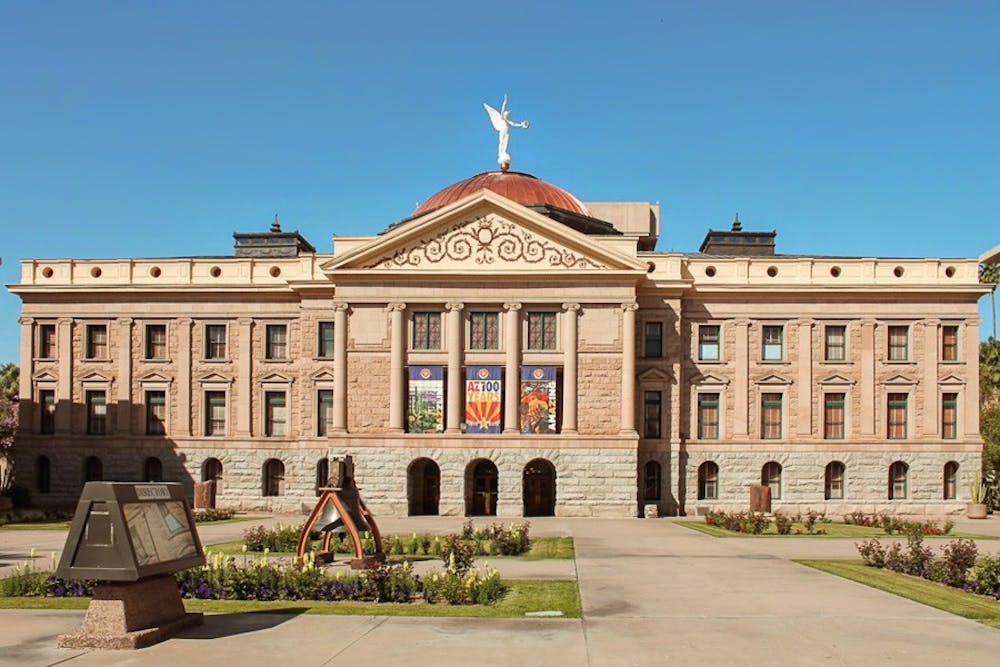The rhetoric of public education discussion largely revolves around the debate of whether or not schools need more funding. This simple dichotomy ignores is the more pressing issue of inequality that pervades our public school system. In the U.S., the quality of a public education is largely dependent on the wealth of the school district.
In most countries, education spending is either distributed equally or directed to disadvantaged communities. But our education system goes to great lengths to provide more resources to the students who already have a head start in life.
Here, the children of wealthy families are more likely to benefit from education funding. On average, the poorest districts receive 15 percent less state and local funding than their wealthier counterparts. This is because American schools rely heavily on local property taxes for revenue, so prosperous communities with more expensive real estate will therefore receive more local funding.
Arizona, for example, is among the worst offenders. Public schools here receive the lowest amount of money per pupil than any other state. Of what little money public schools do get, wealthy school districts receive 14 percent more state and local funding than the poorest districts.

The extent to which public schools rely on local and state funding further inflames this disparity. In other advanced countries, schools are mostly funded by their national government, not the local community. According to research by the Organization for Economic Cooperation and Development, other industrial nations provide an average of 54 percent of school funding while schools in the U.S. get only about 14 percent from federal funding.
These federal dollars are crucial for amending the educational inequities. If you look only at state and local spending, there are 23 states where wealthy school districts get more money than poor school districts. When federal funding is accounted for the number drops to just 5. However effective federal funding may be at leveling the playing field in public education, its success is hamstrung by being such a low spending priority, as education accounts for less than 2 percent of the federal budget.
The problem in the U.S. clearly lies in the decentralized nature in which we fund education. Shifting the burden of school funding from state and local communities to the federal government would create a more equitable — and probably more effective — education system. The benefits of successful funding reform would also save money in the long run, due to the benefits that accompany a good education. Better schools in impoverished communities could mitigate the need for fund safety net programs which will ultimately save taxpayer money.
More important than the economic benefits, an effective school system will also create a more educated public and greatly improve society. The U.S. needs to make funding education a national priority on par with things like defense spending and social security. We also need to strive to ensure that all students are provided with quality schools. A free education should not be worth more to some children than others.
Reach the columnist at hneidig@asu.edu or follow @hneidig on Twitter.
Editor’s note: The opinions presented in this column are the author’s and do not imply any endorsement from The State Press or its editors.
Want to join the conversation? Send an email to opiniondesk.statepress@gmail.com. Keep letters under 300 words and be sure to include your university affiliation. Anonymity will not be granted.
Like The State Press on Facebook and follow @statepress on Twitter.




